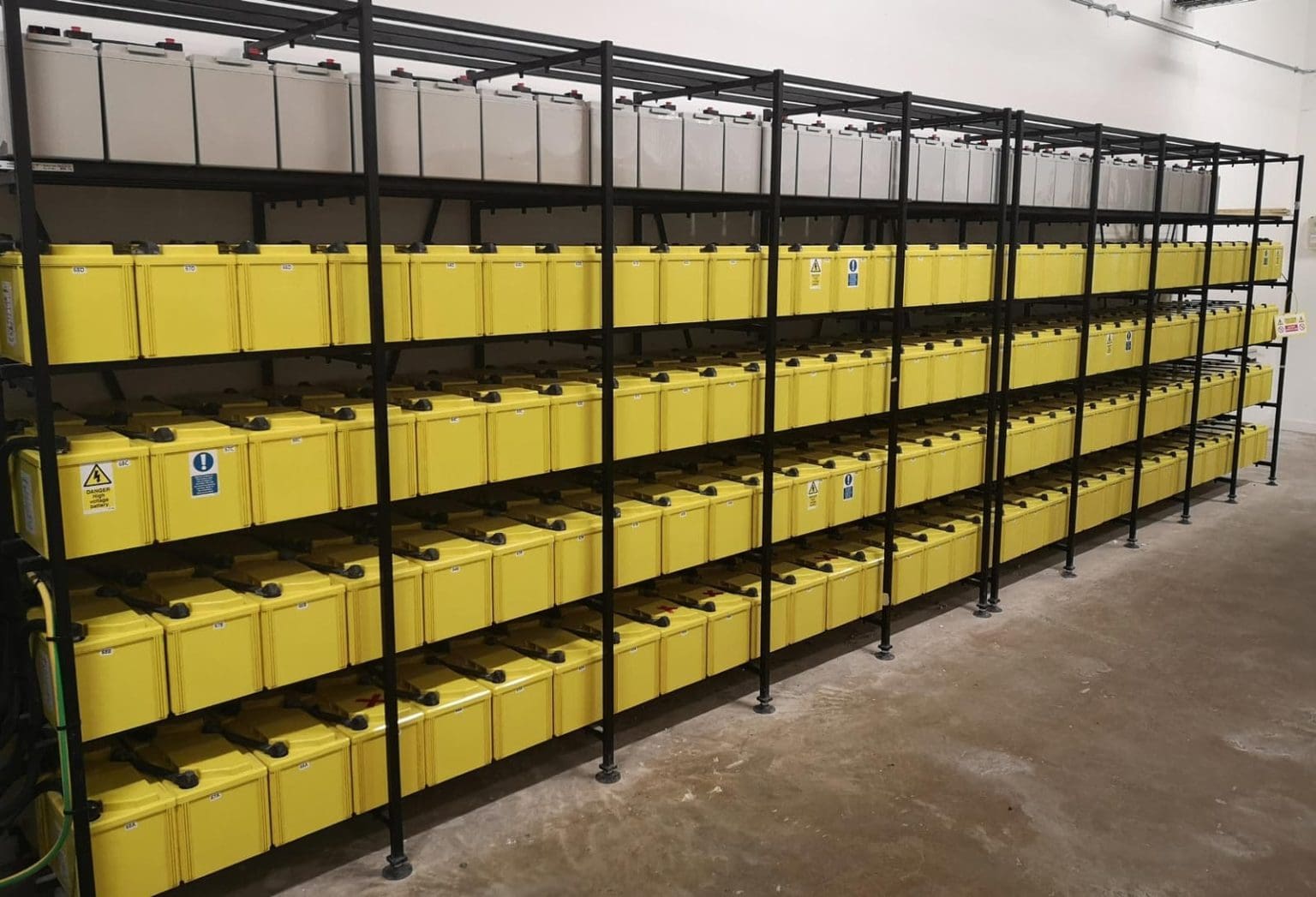
Choosing the right accounting software can feel overwhelming, especially with the myriad of options available today. Whether you are launching a startup or managing an established business, the importance of accurate bookkeeping cannot be overstated. Having the right tools at your disposal not only streamlines your financial processes but also provides valuable insights that aid in making informed business decisions.
One remarkable option to consider is GIDDH, an innovative accounting software designed to simplify online accounting for businesses of all sizes. GIDDH stands out by offering a free version specifically tailored for small businesses, making it accessible for entrepreneurs just starting their journey. This guide will help you navigate the world of accounting software, highlighting key features to look for and how GIDDH can meet your unique needs.
What is GIDDH?
GIDDH is an innovative accounting software designed to streamline financial management for businesses of all sizes. With its user-friendly interface and robust features, GIDDH empowers users to manage their accounting tasks efficiently and effectively. This software caters specifically to the needs of small to medium-sized enterprises, making it an ideal choice for businesses looking to enhance their financial operations without the complexity usually associated with traditional accounting systems.
One of the standout features of GIDDH is its online functionality, allowing users to access their accounts from anywhere, at any time. This flexibility is particularly beneficial for businesses with remote workers or those who need to oversee financial processes while on the go. With GIDDH, users can keep track of transactions, generate financial reports, and manage their budgets seamlessly, all in a cloud-based environment.
Additionally, GIDDH offers a free version for small businesses, making it an attractive option for startups and entrepreneurs who are cautious about their budgeting. This free version provides essential features that cover basic accounting needs, enabling businesses to start managing their finances without incurring immediate costs. By choosing GIDDH, businesses can lay a strong foundation for their accounting practices while enjoying the benefits of modern technology.
Features of GIDDH Accounting Software
GIDDH Accounting Software offers a comprehensive suite of features designed to simplify online accounting for businesses of all sizes. One of its standout functionalities is the ability to manage multiple businesses from a single dashboard. This is particularly beneficial for entrepreneurs who juggle various ventures, as it streamlines financial oversight and allows for easier reporting across different entities. The user-friendly interface ensures that navigating through the software is intuitive, even for those who may not have a strong background in accounting.
Another significant feature of GIDDH is its real-time collaboration capability. This allows multiple users to access the accounting records simultaneously, making it convenient for teams working remotely or across different locations. The software also integrates seamlessly with various banking systems, enabling automatic transaction imports that save time and reduce the risk of manual errors. With its multi-currency support, businesses operating internationally can easily manage transactions in different currencies, enhancing operational efficiency.
GIDDH also caters to small businesses with its free version, which provides essential accounting functionalities without any financial commitment. This makes it an attractive option for startups and small enterprises looking to maintain their financial health without incurring additional costs. The software includes features such as invoicing, expense tracking, and basic reporting, enabling small business owners to keep their books balanced without feeling overwhelmed. Overall, GIDDH stands out as a versatile solution catering to a wide range of accounting needs.
Benefits of Using GIDDH for Small Businesses
GIDDH offers small businesses a streamlined and user-friendly accounting solution that simplifies financial management. With its online platform, business owners can access their financial data from anywhere, making it convenient to keep track of expenses, income, and overall financial health. This flexibility is essential for small business owners who are often on the go and need real-time insights into their company’s financial status.
One of the standout features of GIDDH is its free version, which is specifically tailored for small businesses. This allows startups and entrepreneurs to manage their accounting without the burden of high software costs. The free version still provides essential features, such as invoicing, expense tracking, and reporting, empowering small business owners to maintain financial accuracy and transparency while saving money.
Moreover, GIDDH enhances collaboration by enabling multiple users to access financial information simultaneously. This is particularly beneficial for small businesses where teams may need to work together on accounting tasks. The ability to share access ensures that everyone involved in financial decision-making has the most up-to-date information, which can lead to better strategic choices and improved financial outcomes for the business.
GIDDH Free Version: Who is it For?
The GIDDH free version is an excellent option for small businesses looking to manage their accounting needs without incurring additional costs. Startups and newly established companies often operate on tight budgets, and the free features offered by GIDDH provide them with essential tools to track income and expenses, generate invoices, and manage their financial statements efficiently. This allows entrepreneurs to focus on growing their business while keeping their finances in check.
Freelancers and small service providers can also benefit significantly from GIDDH’s free version. With user-friendly interfaces and essential accounting functionalities, freelancers can easily manage their clients’ payments, monitor cash flow, and maintain clear records—all vital for staying organized and professional. By using GIDDH, they can dedicate more time to their craft rather than wrestling with complex accounting software.
Lastly, non-profit organizations and community initiatives can utilize GIDDH’s free version to streamline their accounting processes. Given their often limited financial resources, these organizations can find value in GIDDH’s free tools to ensure transparency and accountability in their financial dealings. Proper bookkeeping not only helps them stay compliant with regulations but also strengthens their reputation among donors and stakeholders.
How to Get Started with GIDDH
Getting started with GIDDH is a straightforward process designed to make accounting accessible for everyone. First, visit the GIDDH website and create an account by providing your email and a chosen password. You can opt for the free version if you are a small business, which allows you to explore the key features without any initial investment. Once you register, you’ll receive a confirmation email to verify your account.
After logging in, take some time to familiarize yourself with the dashboard. GIDDH offers an intuitive interface that simplifies navigation. You can start by setting up your business profile, entering your financial details, and customizing settings as per your accounting needs. GIDDH also provides helpful tutorials and guides that walk you through the fundamental functionalities, ensuring you make the most of the software.
Once you have your account set up and are comfortable navigating the platform, you can begin recording your financial transactions. GIDDH allows you to track income, expenses, and generate reports efficiently. Make use of the budgeting and forecasting tools available in the software to gain insights into your financial health. With regular use and exploration of its features, GIDDH will become an invaluable asset for managing your business finances effectively.
 In today’s fast-paced business environment, the importance of accurate accounting cannot be overstated, and for those looking for effective solutions, resources like
In today’s fast-paced business environment, the importance of accurate accounting cannot be overstated, and for those looking for effective solutions, resources like 






